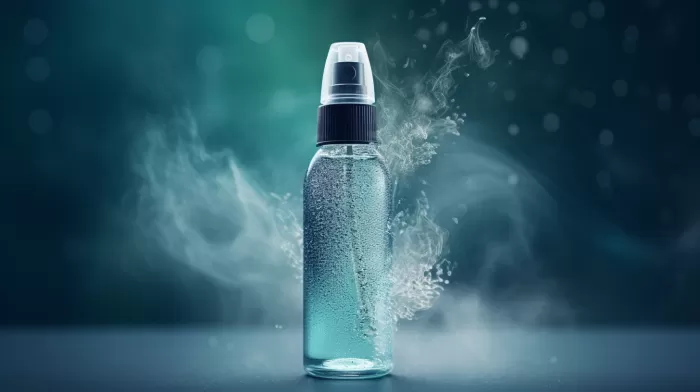As a former migraine sufferer, I understand how debilitating migraines can be. These are not just ordinary headaches, but a neurological disorder that affects every aspect of your life. Fortunately, there are many ways to prevent and treat migraines, and today I’d like to share with you a new treatment that shows promise in reducing migraine pain. But first, let’s understand what migraines are and what triggers them.
What are migraines?
Migraines are more than just headaches – they are a neurological disorder syndrome with a range of symptoms that can include visual disturbances, intense pain either on one side of the head or behind one eye, nausea, vomiting, heightened sensitivity to light, smells, touch, and sounds, dizziness, and vertigo. Migraine attacks can last anywhere from several hours to several days.
Often, migraine sufferers are anxious about when they might experience an attack, and this stress can sometimes trigger a migraine itself. Additionally, the pain and disruption caused by migraines can lead to tiredness, depression, and other problems.
Steps towards prevention
The best way to deal with migraines is to prevent them from happening in the first place. While this might appear challenging because numerous triggers can cause migraines, many people have found relief by using prevention models and treatments. These models can include natural food and supplements, Mind and Body protocols, and specific targeted interventions such as “Controlling for Triggers.”
Taking action at the first sign of a migraine
Identifying the early signs of a migraine is essential and taking action right away can make the difference between manageable pain and a full-blown attack. The sooner you administer medication or other treatments, the better chance you have of preventing the migraine from reaching its most painful stage.
Migraine relief with a nasal spray
Researchers from the Albany Medical Center in Albany, NY, have developed a minimally invasive treatment that could offer significant pain relief for migraine sufferers. They’ve discovered that spraying a local anesthetic called Lidocaine directly onto nerves inside the nasal cavity can help alleviate the pain associated with migraines.
The treatment involves inserting a small catheter into the nasal passages and administering the Lidocaine solution to the cluster of nerves located at the back of the nasal cavity, the Meckel’s ganglion. These nerves link to the trigeminal nerve, which is thought to play a significant role in both general headaches and migraines. The researchers believe that the Lidocaine works by “short-circuiting the neural highway’s pathway associated with recurrent headaches or migraines.”
The results of this treatment have been impressive, with a single treatment reducing pain levels of a migraine episode from an 8 (out of 10) to a 4 (out of 10), with a 35 percent pain reduction lasting for a full month after treatment. Furthermore, 94 percent of participants in the study found fast and lasting pain relief, indicating that the treatment could be a breakthrough in migraine management.
An added benefit of this treatment is the reduced risk of potential harm to the liver, kidneys, and gastrointestinal tract that can be associated with other analgesic injections for migraines. In the future, it’s possible that you may be able to keep a nasal spray on hand to administer the Lidocaine solution as needed, offering a more convenient and less invasive option for migraine relief.
As always, it’s essential to keep an eye on developments in this area, and future research and peer review will help determine the long-term effects of directly applying Lidocaine to nerves. Nevertheless, this new treatment offers hope for those who suffer from migraines, and in the meantime, sticking to preventative methods that work for you can help manage your migraines most effectively.



